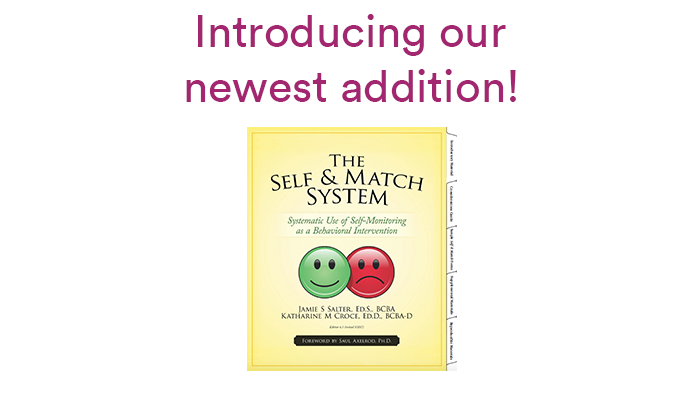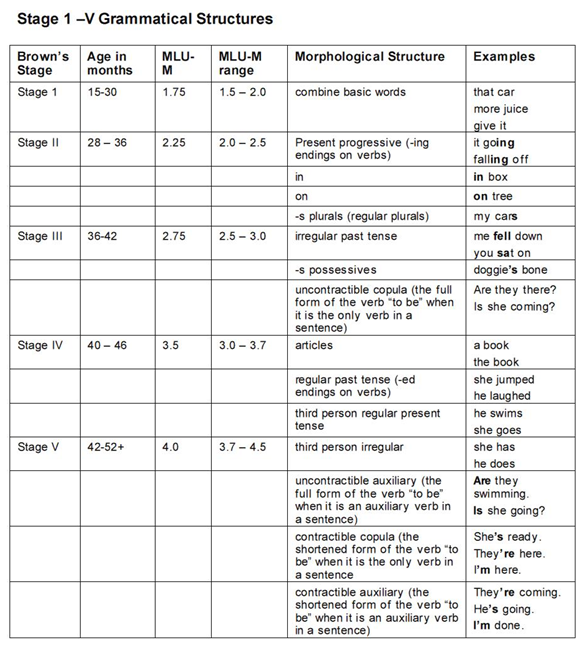“We have been working with a behavior analyst and it seems like every time they give us a new behavior intervention things just get worse, not better. What gives?”
Well, if you are working with a Board Certified Behavior Analyst, I’d like to believe that the interventions they are recommending for you are good ones. (i.e. research-based, effective, only have behavior analytic principles). So it’s likely that you are just experiencing an extinction burst.
Got it? Okay, now go do the steps your behavior analyst gave you.
Wait, what? You don’t know what an extinction burst is? Let me try to clear things up for you a bit.
Here is the definition of an extinction burst (Cooper, Heron, & Heward, 2007): an increase in the rate of responding when reinforcing consequences are withheld after the occurrence of the target behavior.
Basically, things usually get worse before they get better. Great news, I know. You’re welcome.
Why is this? Let’s try an example to make sense out of this technical stuff.
What if my daughter screeched and yelled every time she saw something on the kitchen counter? I could give her the item each time she screamed. She would then be quiet. But who wants to live with a toddler who screams and yells constantly for things that are out of reach?
So one day I realize this isn’t a great plan and decide to teach her a replacement behavior- to ask nicely for things. I stop giving her the item every time she yells and instead wait for her to ask nicely for it.
What do you think will happen first? She’ll scream louder and longer. This has worked for her for so long that she just increases the intensity of the problem behavior to try to get access to the items out of reach (aka the reinforcers for the problem behavior). This is the extinction burst.
My daughter is probably thinking, “This screaming thing has worked forever. I just need to do it louder and more often to make sure she hears me and gives me what I want!” My girl gets louder and louder and eventually stops, realizing that the stuff just isn’t coming.
The behavior got worse before she recognized that screaming was not going to get her access to the desired item.
In behavior analytic terms:
Child screaming = problem behavior
Me giving her whatever she wanted= reinforcer
I stop providing the reinforcer to try to extinguish the behavior = intervention
Child screams louder and longer= extinction burst
Child stops screaming altogether= success
Now what would have happened had I given in to the louder screaming? Next time my daughter saw something she wanted, she would probably start screaming at the louder volume immediately to get access to the reinforcer, the preferred item.
I would have to stay strong and make it through the loud screaming without giving in so that the problem behavior would stop.
If I want this plan to be successful – if I want her to ask nicely for things – I need to stay strong through the increased screaming. Eventually she will realize that the screaming just isn’t working and that all she has to do is ask nicely for items. We can move on with our lives and be ready to teach more appropriate behaviors with less screaming and yelling involved.
The exact same thing applies to the interventions your behavior analyst is recommending. If the problem behavior gets stronger, more frequent, more intense, more anything as soon as you stop reinforcing it – you’re doing the right thing!
Stick to your guns, even though it can be really hard. Follow the steps your behavior analyst laid out and ride the wave of the extinction burst. To decrease that problem behavior and replace it with something appropriate will be so very worth it.
If an extinction burst leads to an increase in aggression, unsafe behaviors toward self or others, or a level of problem behavior you cannot reasonably live with – talk to your behavior analyst. Let them know what will or will not work for your child or your family and work together to create a plan that will work.
Extinction bursts aren’t fun for anyone. But replacing a problem behavior with something functional for your child is worth it. You can do it!
Cooper, J. O., Heron, T. E., & Heward, W. L. (2007). Applied behavior analysis.
Lerman, D.C., & Iwata, B.A. (1995). Prevalence of the extinction burst and its attenuation during treatment. Journal of Applied Behavior Analysis, 28, 93-94.
Lerman, D.C., Iwata, B.A., & Wallace, M.D. (1999). Side effects of extinction: Prevalence of bursting and aggression during the treatment of self-injurious behavior. Journal of Applied Behavior Analysis, 32, 1-8.
This piece originally appeared at www.bsci21.org.
About The Author
Leanne Page, MEd, BCBA, is the author of Parenting with Science: Behavior Analysis Saves Mom’s Sanity. As a Behavior Analyst and a mom of two little girls, she wanted to share behavior analysis with a population who could really use it- parents!
Leanne’s writing can be found in Parenting with Science and Parenting with ABA as well as a few other sites. She is a monthly contributor to bSci21.com , guest host for the Dr. Kim Live show, and has contributed to other websites as well.
Leanne has worked with children with disabilities for over 10 years. She earned both her Bachelor’s and Master’s degrees from Texas A&M University. She also completed ABA coursework through the University of North Texas before earning her BCBA certification in 2011. Leanne has worked as a special educator of both elementary and high school self-contained, inclusion, general education, and resource settings.
Leanne also has managed a center providing ABA services to children in 1:1 and small group settings. She has extensive experience in school and teacher training, therapist training, parent training, and providing direct services to children and families in a center-based or in-home therapy setting.
Leanne is now located in Dallas, Texas and is available for: distance BCBA and BCaBA supervision, parent training, speaking opportunities, and consultation. She can be reached via Facebook or at Lpagebcba@gmail.com.
 Last week, Different Roads had the pleasure of being part of the National Autism Conference at Penn State. There were 1400 attendees from all over the country, from parents to educators and practicing behaviorists.
Last week, Different Roads had the pleasure of being part of the National Autism Conference at Penn State. There were 1400 attendees from all over the country, from parents to educators and practicing behaviorists.


 From
From 